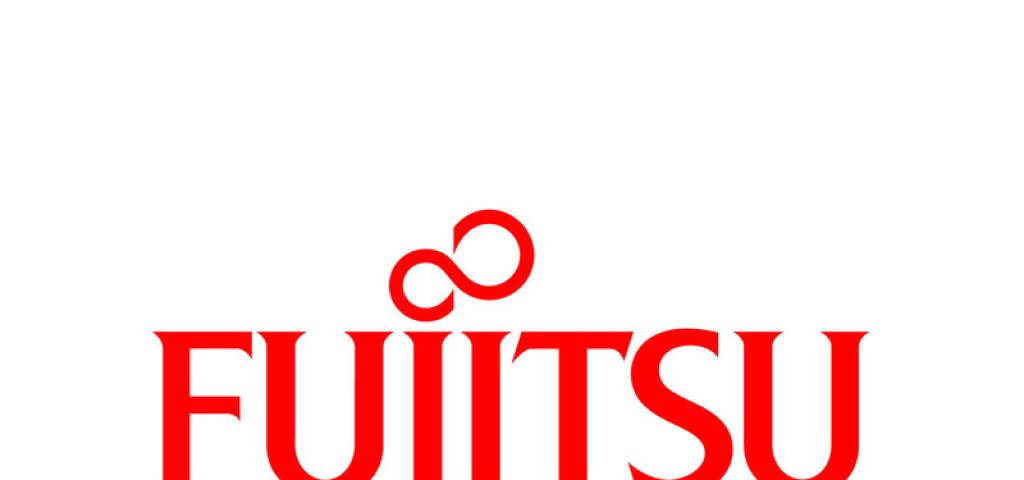
Fujitsu Laboratories Selects Wind River Simics to Design Software-Defined SSDs that Meet the IoT’s Big Data Demands

As the Internet of Things (IoT) evolves and generates ever-increasing volumes of data, businesses are demanding high-speed processing technology to handle big data analytics. To solve this industry need, Fujitsu Laboratories Ltd. developed software-defined solid state drives (SSD), which can perform parallel processing to achieve performance three times faster than standard SSDs.
Fujitsu Laboratories’ software-defined SSDs equip Flash Translation Layer (FTL) in the software layer, which enables NAND Flash memory to be directly accessed by software. Since data placement and access patterns to NAND Flash memory can be optimized depending on workload, performance is maximized and enables the user to take advantage of its high speed to use it as an extension to main memory.
As with many breakthrough technologies, designing this system presented a challenge. With trial production of hardware, Fujitsu Laboratories tests the operation and assesses the performance of the whole system after building it. With software-defined SSD, in order to maximize system performance, Fujitsu Laboratories needed to optimize the hardware design parameters depending on the workload. It was also necessary to estimate system performance before building hardware coordinated with software.
Fujitsu Laboratories found their solution in Wind River Simics. By designing and testing scenarios on a virtual system, Simics allowed them to adopt new development techniques that are simply not possible with physical hardware. For example, to optimize performance while controlling cost, Fujitsu Laboratories needed to determine the right balance of channels and chips to deploy on the system. Using Simics for workload simulation on virtualized hardware, they replicated testing with numerous combinations of channels and chips, evaluated the execution speed of each scenario and were able to determine the optimal combination with confidence. Fujitsu Laboratories was also impressed with Simics’ rich set of debugging features, which allowed them debug the software before evaluating real hardware and pinpoint exactly where performance bottleneck resides and where it could be optimized. Simics revolutionized crucial aspects of their design, development and testing processes.
After Fujitsu Laboratories built the software-defined SSD, they validated how many channels and chips were most effective on the real hardware. Results confirmed the Simics simulation scenarios. With these proven results and the data insights gained with Simics, they understood how imperative a simulator like Simics is, and they are planning to introduce Simics into future projects. We look forward to continuing our relationship with Fujitsu Laboratories and supporting their mission to develop cutting-edge technologies that resolve today’s social and technology challenges.
More information about Simics can be found at www.windriver.com/simics/.

